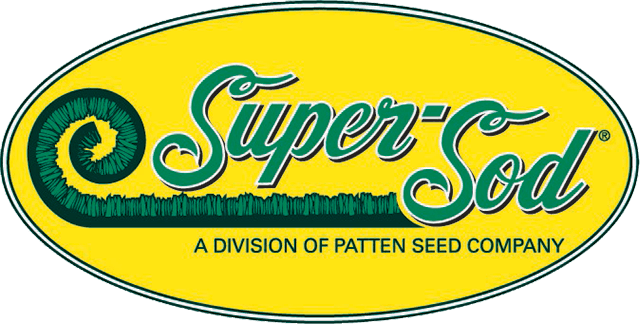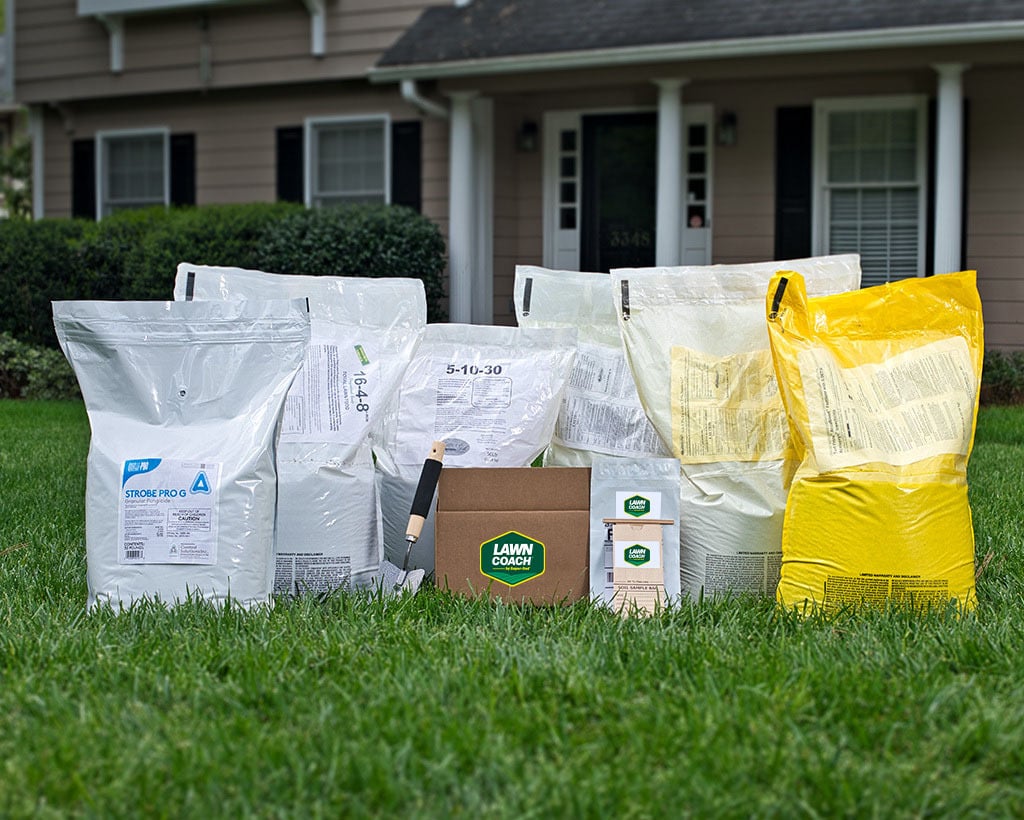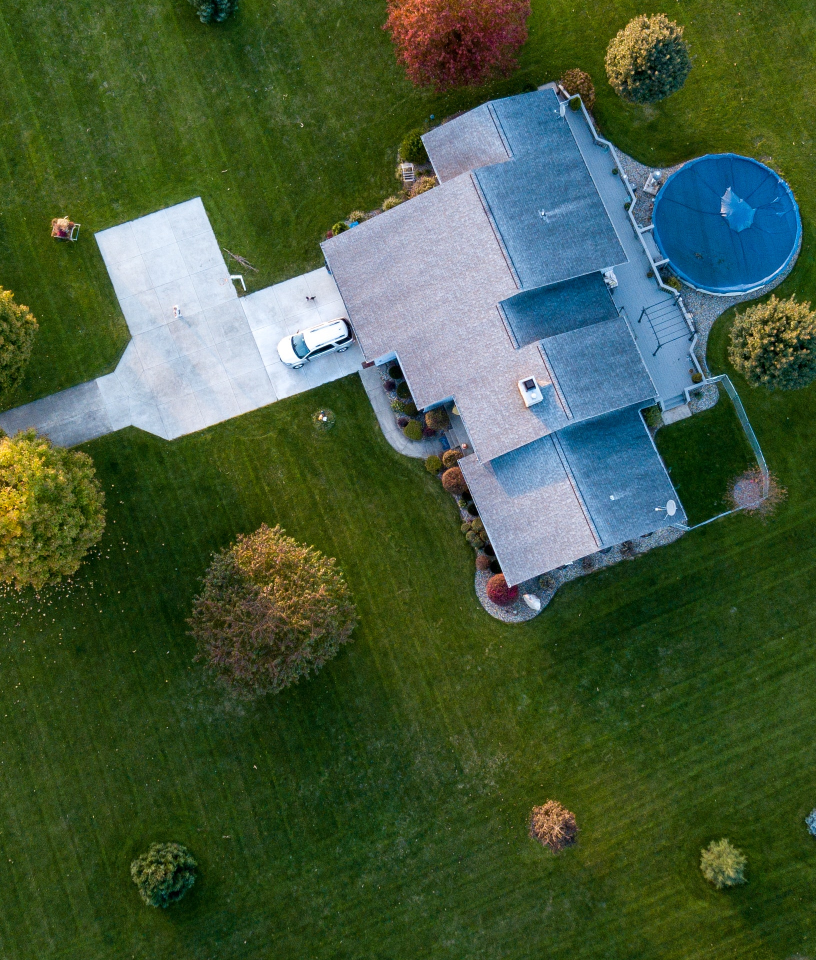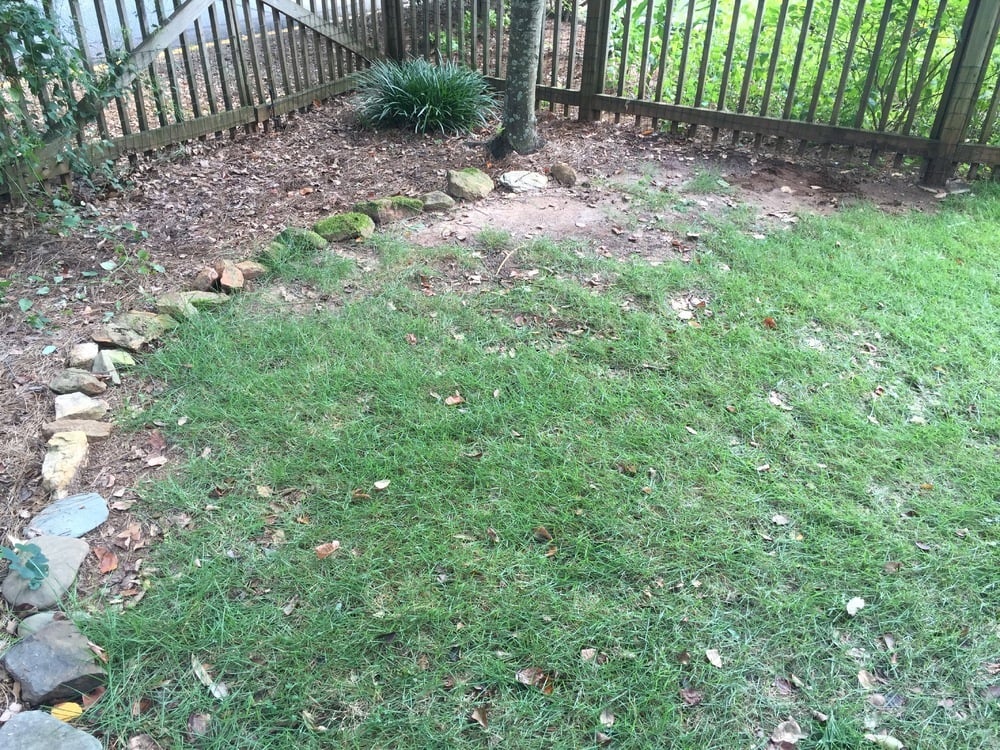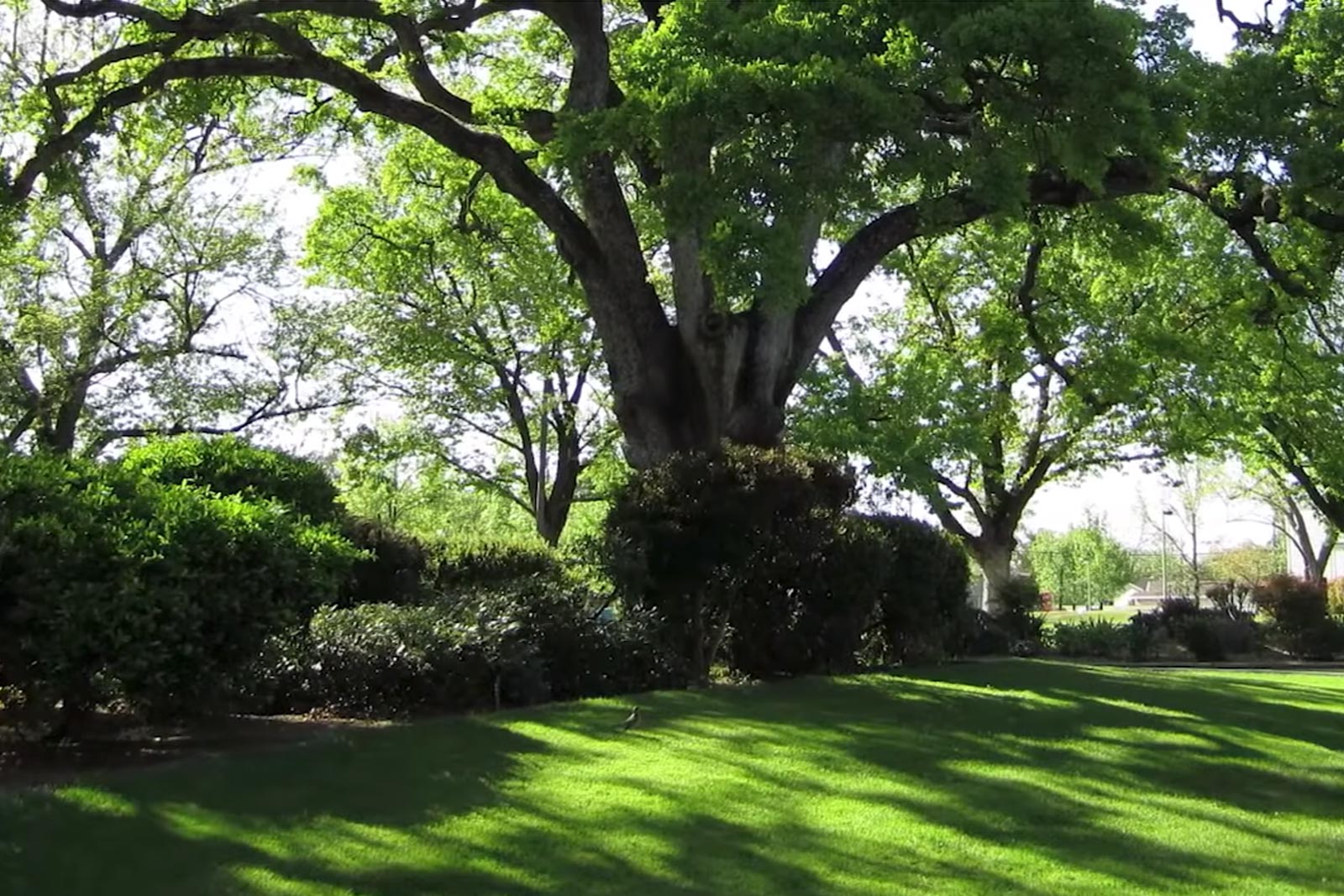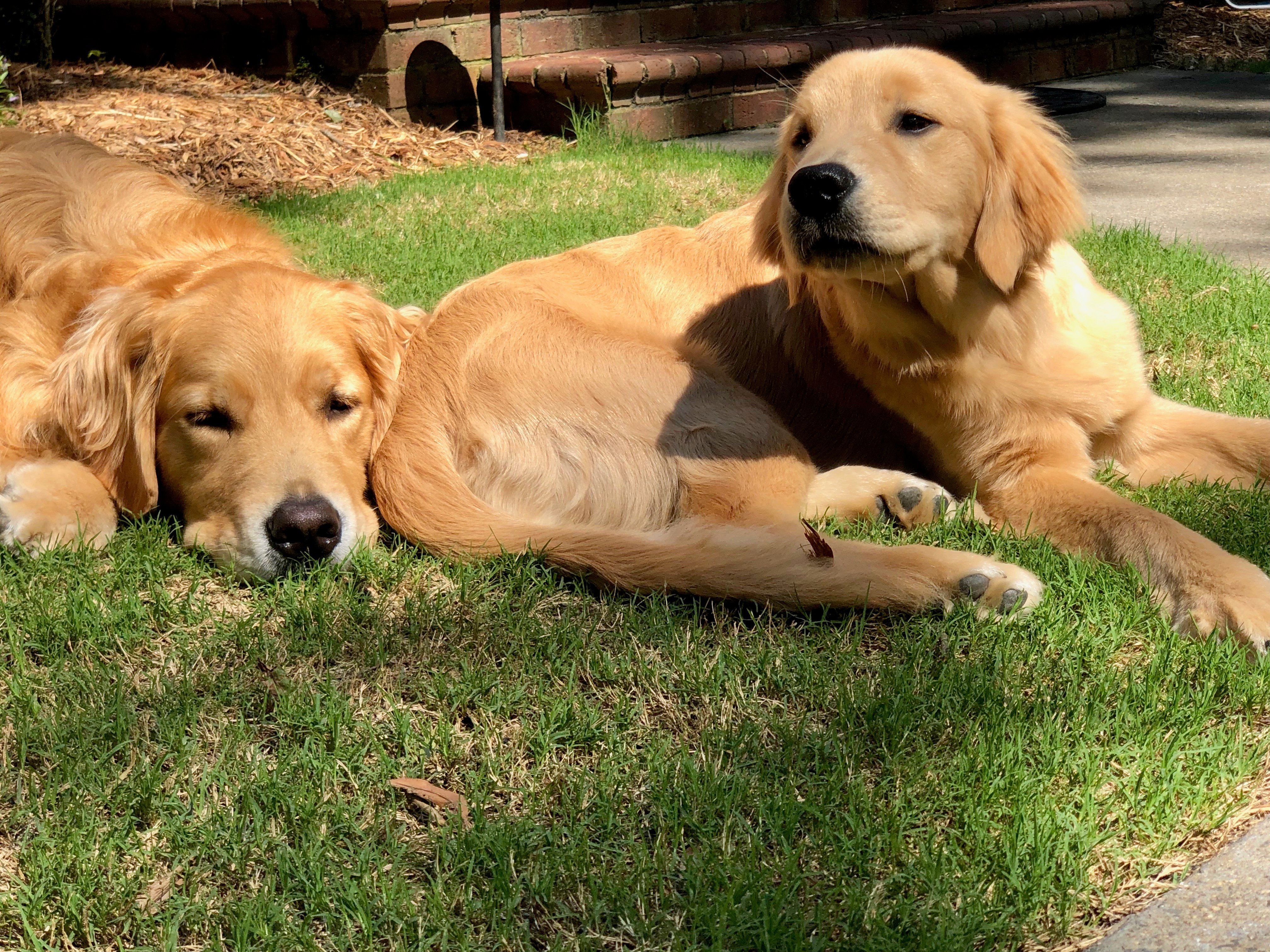Guide to the Top Shade‑Friendly Grasses for Georgia
Georgia's diverse climate zones (USDA 6a–9b) present unique challenges for homeowners seeking lush, healthy lawns in shaded areas. Whether you're dealing with towering oaks, dense pine canopies, or structural shade from buildings, achieving an attractive lawn in partial or deep shade requires selecting the right grass variety. Different shade-tolerant grasses for Georgia offer varying levels of performance, maintenance requirements, and aesthetic appeal. The key to success lies in understanding which grass types thrive in your specific conditions and partnering with trusted regional experts who understand southeastern growing conditions. This comprehensive guide explores the best grass for shaded yards in Georgia, helping you make informed decisions for a thriving lawn that performs beautifully even in challenging light conditions.
Tall Fescue for Shade Applications
Tall Fescue, a cool-season lawn type, represents one of the most versatile and reliable options for shaded Georgia lawns, particularly in the state's northern regions (zones 6a to 7b) where cooler temperatures favor cool-season grasses. Modern tall fescue cultivars offer significantly improved shade, heat, and drought tolerance compared to older varieties, making them excellent choices for transitional climate zones in Atlanta and northwards.
Super-Sod's Elite Tall Fescue is a blend chosen for shade applications in the humid South. This cultivar maintains acceptable density and color in high shade conditions as long as it receives at least 3 to 4 hours of direct, unfiltered daily sunlight. Tall Fescue, in general, provides the wear tolerance that makes it popular for family lawns.
Established Tall Fescue lawns benefit from overseeding every year in autumn to maintain density, particularly in dry or heavily shaded areas where stress will cause it to thin and create bare spots.
Elite Tall Fescue
Elite Tall Fescue is Super-Sod's most shade tolerant lawn, requiring only 3 to 4 hours of direct sun exposure.
Grass establishment is reliable when grown from sod or seed.
Sod can be laid anytime the weather is cool, generally from September to April.
The best timeframe for seeding and overseeding is in the fall, allowing the grass to develop strong root systems before facing summer stress.
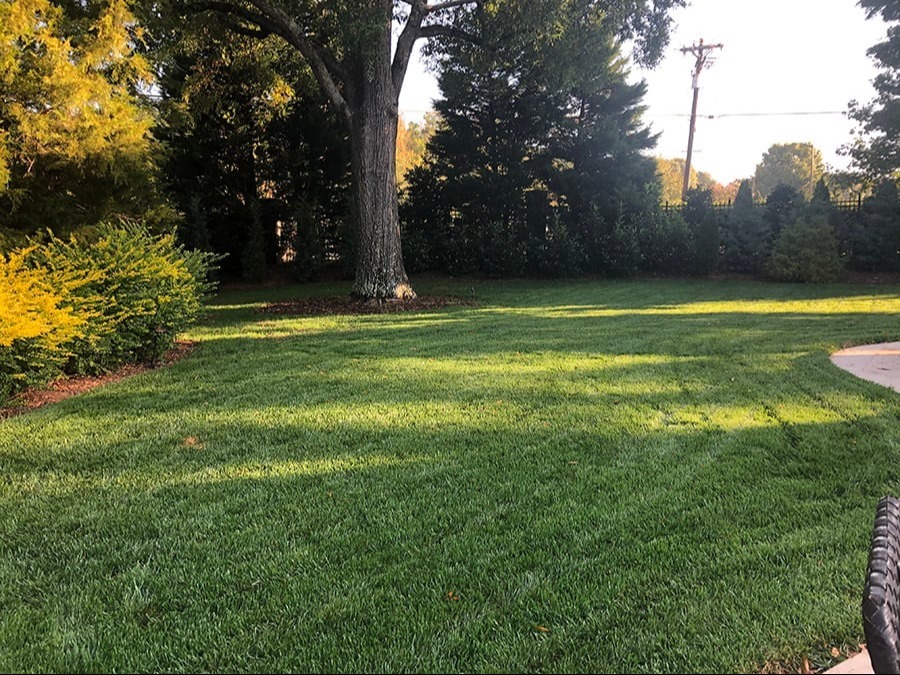
Zeon Zoysia Grass - Warm-Season Lawn for Shade
Zoysia grass offers exceptional versatility for Georgia homeowners seeking a plush, low-maintenance, shade-tolerant lawn option. Zoysia demonstrates good shade performance while providing the dense, carpet-like texture that makes this grass type so desirable.
Super-Sod's Zeon Zoysia leads the category for shade tolerance among zoysia varieties, requiring only 4 to 5 hours of direct daily sunlight. This variety shows better spring green-up than many Zoysia types and maintains color later into fall, extending the attractive growing season. It also offers more cold tolerance and disease resistance than other varieties. Zeon Zoysiagrass thrives across Georgia, from zone 6a to 9b.
All zoysia varieties share common characteristics that benefit shaded applications: excellent drought recovery once established, natural resistance to many lawn diseases, and lower fertilizer requirements than Bermuda or Tall Fescue grasses. Zoysia grass enters dormancy during winter months, turning a beautiful apricot-tan until spring temperatures trigger new growth.
Proper soil preparation with compost proves critical for zoysia success, as the grass struggles in poorly drained or compacted soils.
Zeon Zoysia
Zeon is Super-Sod's most shade-tolerant, warm-season lawn, requiring only 4 to 5 hours of direct sun exposure.
Its fine texture, deep green color, and dense growth create an elegant appearance that rivals cool-season grasses in visual appeal.
Zeon sod can be laid during the year when the grass is actively growing, from spring to fall. Seeding is not an option for Zeon Zoysia lawns.
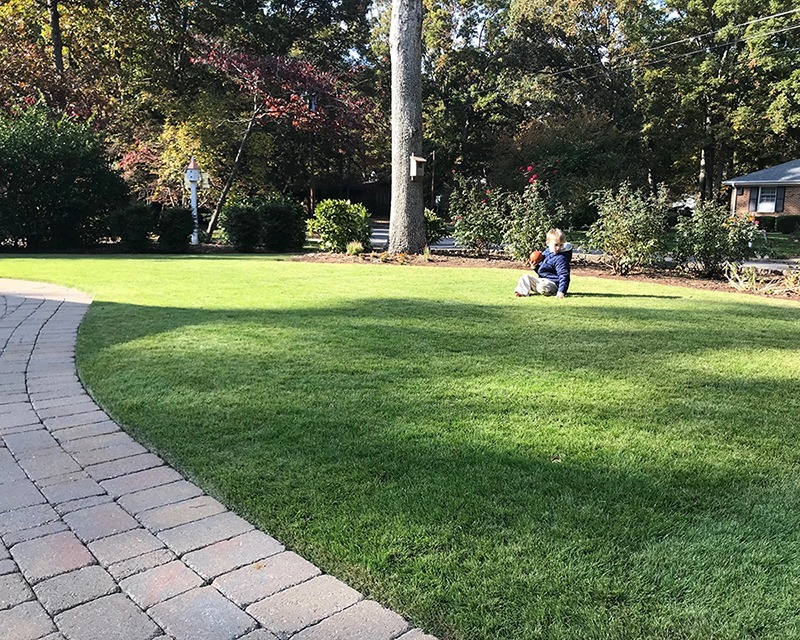
TifTuf Bermudagrass for Challenging Conditions
Super-Sod's TifTuf Bermudagrass represents a breakthrough in bermudagrass breeding, offering exceptional drought tolerance coupled with improved shade tolerance compared to traditional bermudagrass varieties while maintaining the durability and traffic tolerance that makes bermudagrass popular for active family lawns. TifTuf Bermudagrass thrives across Georgia, from zone 6a to 9b.
While bermudagrass traditionally requires full sun conditions, TifTuf demonstrates acceptable performance in light shade situations, requiring at least 5 to 6 hours of direct daily sunlight to maintain reasonable density and color. This improved shade tolerance opens bermudagrass options to Georgia homeowners dealing with filtered light conditions under pine canopies or partial shade situations.
TifTuf's exceptional drought tolerance sets it apart from other grass options, requiring up to 38% less water than other bermudagrass varieties, such at Tifway, once established. This characteristic proves particularly valuable in shaded areas where irrigation access may be limited or where homeowners prefer water-conscious landscaping approaches.
The variety establishes quickly from sod, typically showing strong growth within 2-3 weeks during optimal planting seasons. TifTuf's aggressive spreading habit helps it compete with weeds and recover quickly from damage, important characteristics in challenging shade environments where grass growth may be slower.
Traffic tolerance remains excellent, making TifTuf suitable for family lawns with children and pets. The grass maintains its density and recovers quickly from wear, even in reduced light conditions where other grasses might thin out under similar stress.
Maintenance requirements include regular fertilization during the growing season and consistent watering during establishment. However, once mature, TifTuf's drought tolerance reduces irrigation needs significantly compared to other warm-season options.
For best results in shaded applications, ensure TifTuf receives at least 5 to 6 hours of direct sunlight to maintain density. The variety performs particularly well in transitional shade areas where light conditions vary seasonally as tree canopies develop and drop leaves.
TifTuf Bermuda
TifTuf is Super-Sod's second most shade-tolerant, warm-season lawn, requiring at least 5 to 6 hours of direct sun exposure.
For those seeking drought tolerance coupled with partial shade tolerance, look no further than TifTuf Bermuda.
TifTuf sod can be laid any time of year, including during winter dormancy. Seeding is not an option for TifTuf Bermuda lawns.
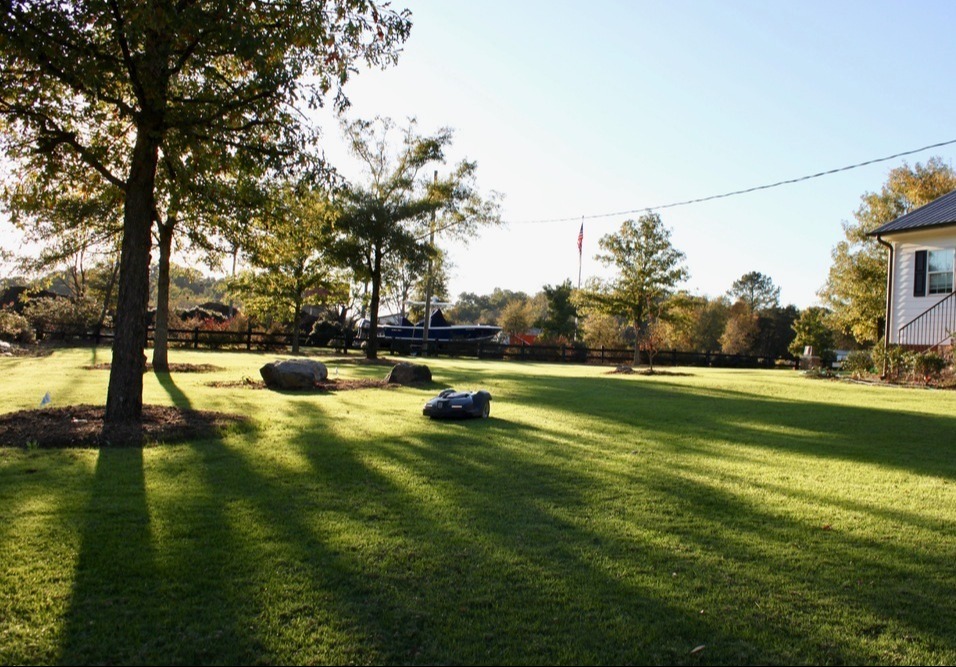
TifBlair Centipedegrass for Low-Maintenance Shade
Centipedegrass offers an excellent low-maintenance option for Georgia homeowners dealing with moderate shade conditions, particularly in the state's central and southern regions, from zone 8a to 9b. Known as "lazy man's grass" for its minimal care requirements, Centipedegrass provides a practical solution for shaded areas where intensive lawn maintenance isn't desired.
This warm-season grass demonstrates good shade tolerance, requiring at least 6 to 7 hours of direct daily sunlight to maintain reasonable density and color, while requiring significantly less fertilization than other grass types. Centipedegrass thrives in acidic soils common throughout Georgia, actually preferring pH levels between 5.0 and 6.0 that might challenge other grass varieties.
Super-Sod's TifBlair Centipede produces a light to medium green color with a medium-coarse texture that creates a casual, natural appearance. While not as dense as premium varieties like Zoysiagrass, Centipedegrass forms a serviceable lawn that handles light to moderate foot traffic adequately.
TifBlair's establishment from seed proves economical, though germination requires patience as seedlings emerge slowly over 15 to 30 days. Spring seeding typically produces the best results, allowing the grass to establish before summer heat stress. Once mature, centipedegrass spreads by stolons to fill in thin areas naturally.
The variety's greatest advantage lies in its minimal maintenance requirements. Centipedegrass actually suffers from over-fertilization, requiring only light annual feeding or sometimes no fertilization at all in fertile soils. This characteristic makes it ideal for homeowners seeking an environmentally low-impact lawn option.
Watering needs remain moderate, as the grass shows good drought tolerance once established. However, centipedegrass may go dormant during extended dry periods, requiring supplemental irrigation to maintain active growth in shaded areas where natural recovery occurs more slowly.
TifBlair Centipede
TifBlair is Super-Sod's third most shade-tolerant, warm-season lawn, requiring at least 6 to 7 hours of direct sun exposure.
TifBlair Centipedegrass establishment is reliable when grown from sod or seed.
TifBlair sod can be laid during the year when the grass is actively growing, from spring to fall. The best timeframe for seeding TifBlair is during the warm months, when there is no danger of frost.
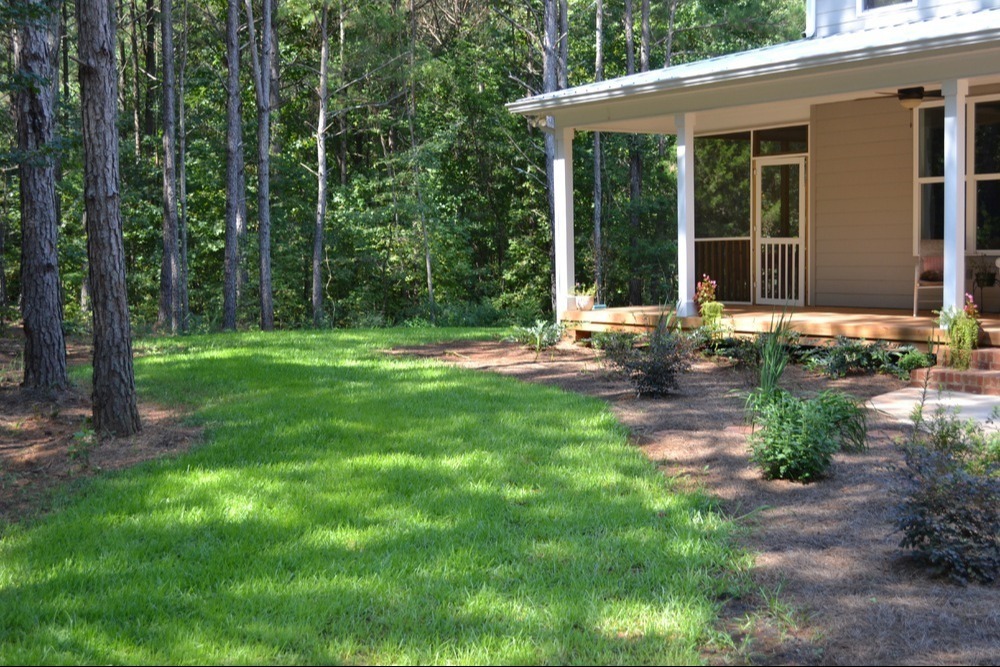
Understanding Shade Levels and Grass Performance
Successful grass selection for shaded areas begins with accurately assessing your lawn's light conditions throughout the day and across seasons. Shade levels significantly impact grass performance, and understanding these variations helps ensure appropriate variety selection.
Light shade, defined as 5-7 hours of direct sunlight or bright filtered light throughout the day, accommodates the widest range of grass options. Most partially shade-tolerant varieties perform well in these conditions such as TifTuf Bermuda and TifBlair Centipede, maintaining good density and color.
Moderate shade conditions, receiving 3-5 hours of direct sunlight or consistent filtered light, limit grass options to truly shade-adapted varieties. Elite Tall Fescue and Zeon Zoysia excel in these environments.
Dense shade, characterized by less than 2 hours of direct sunlight and minimal filtered light, presents the greatest challenge for any grass type. Even the most shade-tolerant varieties may struggle in these conditions, and alternative ground covers might prove more practical than traditional turfgrass.
Seasonal shade variations also impact grass performance. Areas that receive adequate winter and spring sunlight before tree canopies fill out may support grass varieties with moderate shade tolerance like Elite Tall Fescue. High pine shade also offers a brighter growing environment where grasses like TifTuf Bermuda and TifBlair Centipede can thrive, especially if the high tree canopy allows for morning or afternoon sunshine to reach the turf.
Measuring shade levels accurately requires observation over several weeks, as sun angles change throughout growing seasons and tree canopies develop. Professional assessment helps ensure accurate evaluation and appropriate grass selection.
Maintenance Tips for Shaded Lawns
Mowing practices for shaded lawns differ significantly from full-sun maintenance. Raise mowing heights 25-50% above recommended full-sun settings to maximize leaf surface area for photosynthesis. Sharp mower blades become even more critical in shade, as dull blades create ragged cuts that invite disease in the reduced-light environment.
Watering shaded lawns requires careful balance, as reduced evaporation rates mean soil stays moist longer than in sunny areas. Deep, infrequent watering promotes healthy root development while avoiding the consistently wet conditions that encourage fungal diseases. Morning watering allows grass blades to dry quickly, reducing disease pressure.
Fertilization in shaded areas should emphasize nitrogen management, as excess nitrogen promotes soft, disease-prone growth in low-light conditions. Reduce nitrogen applications by 25-50% compared to full-sun lawns, and consider slow-release formulations that provide steady nutrition without growth spurts.
Aeration becomes particularly important for shaded lawns, as reduced air circulation and slower grass growth can lead to soil compaction. Annual core aeration improves root development and reduces disease pressure by enhancing soil drainage and air exchange.
Overseeding shaded areas requires timing coordination with seasonal light changes. Early fall overseeding of Tall Fescue takes advantage of brighter light conditions as tree leaves drop, giving new grass seedlings maximum establishment time before spring canopy development.
Choosing the Right Grass for Your Specific Shade Conditions
Selecting the optimal grass variety for your shaded Georgia lawn requires careful consideration of multiple factors beyond simple shade tolerance. Soil conditions, maintenance preferences, traffic patterns, and aesthetic goals all influence the best choice for your specific situation.
Soil testing provides the foundation for successful grass selection, revealing pH levels, nutrient status, and drainage characteristics that impact grass performance. Warm-season grasses prefer slightly acidic to neutral soils (pH 6.0-7.0), while the cool-season Tall Fescue prefers 6.5 to 7.5 pH, and addressing soil deficiencies before installation improves establishment success.
Traffic tolerance varies significantly among shade-adapted grass types. TifTuf Bermuda excels in high-traffic situations. Zoysia grasses provide excellent wear tolerance once established but may require protection during the slower establishment period.
Maintenance commitment levels should align with grass selection, as some varieties require more intensive care in shaded conditions. Tall Fescue needs regular fertilization and irrigation, while established TifBlair Centipede requires minimal inputs once mature.
Climate microvariations within Georgia influence grass performance, with northern counties favoring Tall Fescue, Zeon Zoysia, and TifTuf Bermuda; while southern regions support warm-season varieties year-round. Elevation, proximity to water bodies, and urban heat island effects create local climate variations that impact grass success.
Professional consultation helps navigate these complex factors, ensuring your grass selection matches your specific conditions and expectations. Regional experts understand local growing conditions and can recommend varieties proven successful in your area's unique environment.
Working with established sod providers like Super‑Sod ensures access to high-quality, locally adapted grass varieties while providing ongoing support for installation and maintenance questions. This partnership approach maximizes your investment in a beautiful, functional shaded lawn that enhances your property for years to come.
|
Lawn Type |
Minimum Hours of Direct Sunlight |
| Elite Tall Fescue | Moderate Shade: 3 to 4 hours |
| Zeon Zoysia | Moderate Shade: 4 to 5 hours |
| TifTuf Bermuda | Light Shade: 5 to 6 hours |
| TifBlair Centipede | Light Shade: 6 to 7 hours |
| Zenith Zoysia | Light Shade: 6 to 7 hours |
| Tifway Bermuda | Full Sun: 8+ hours |
